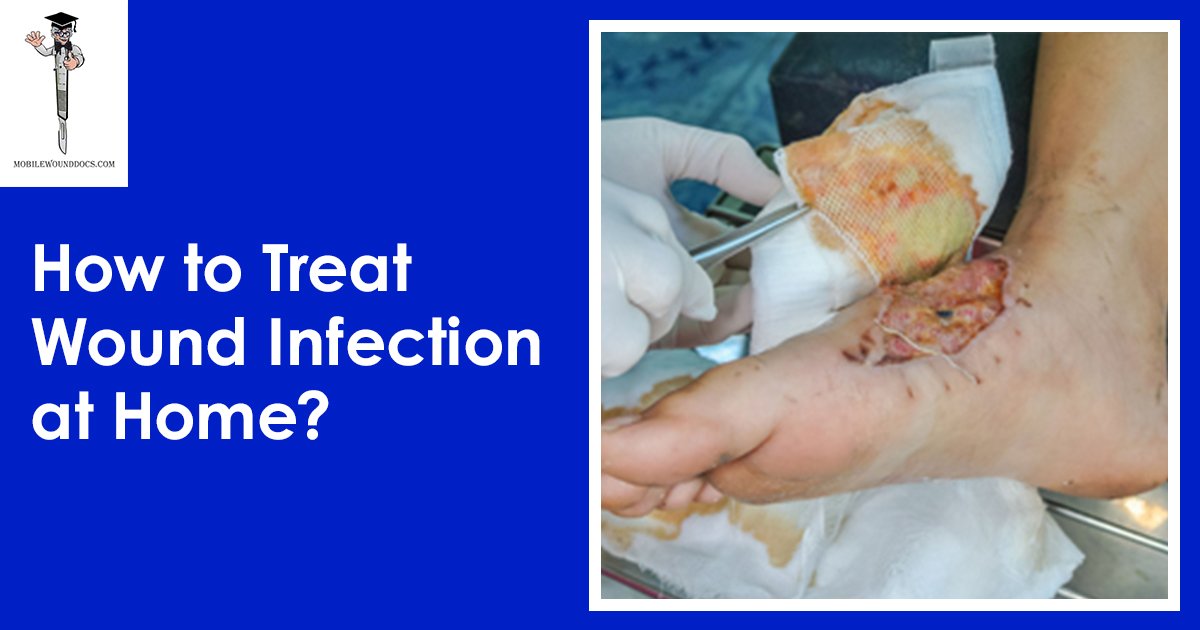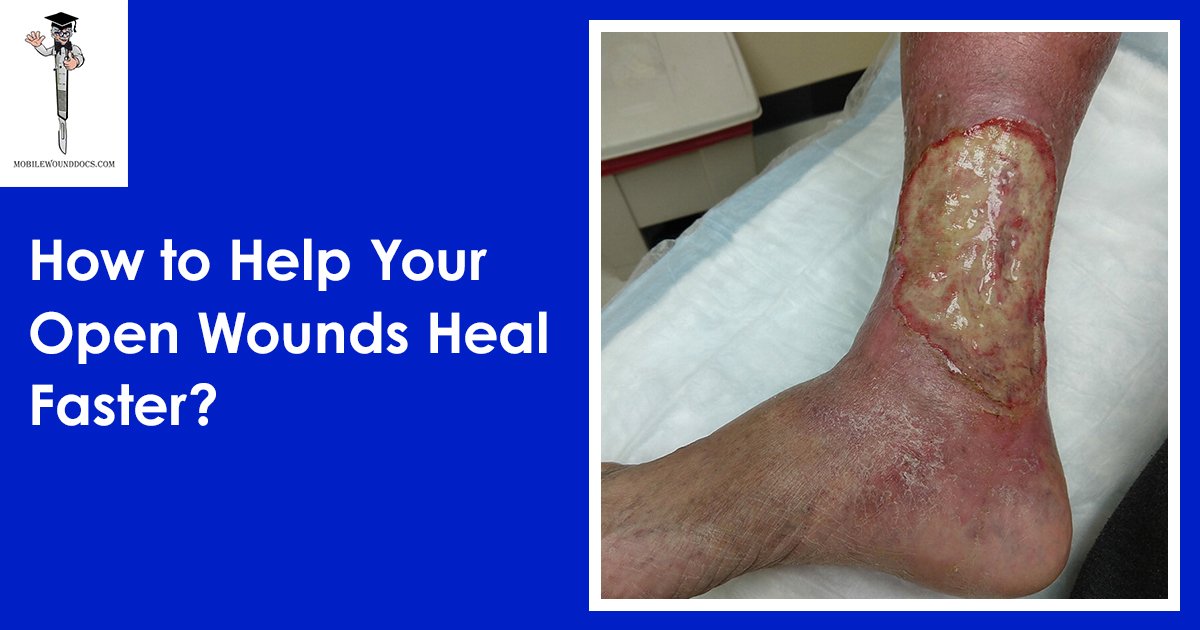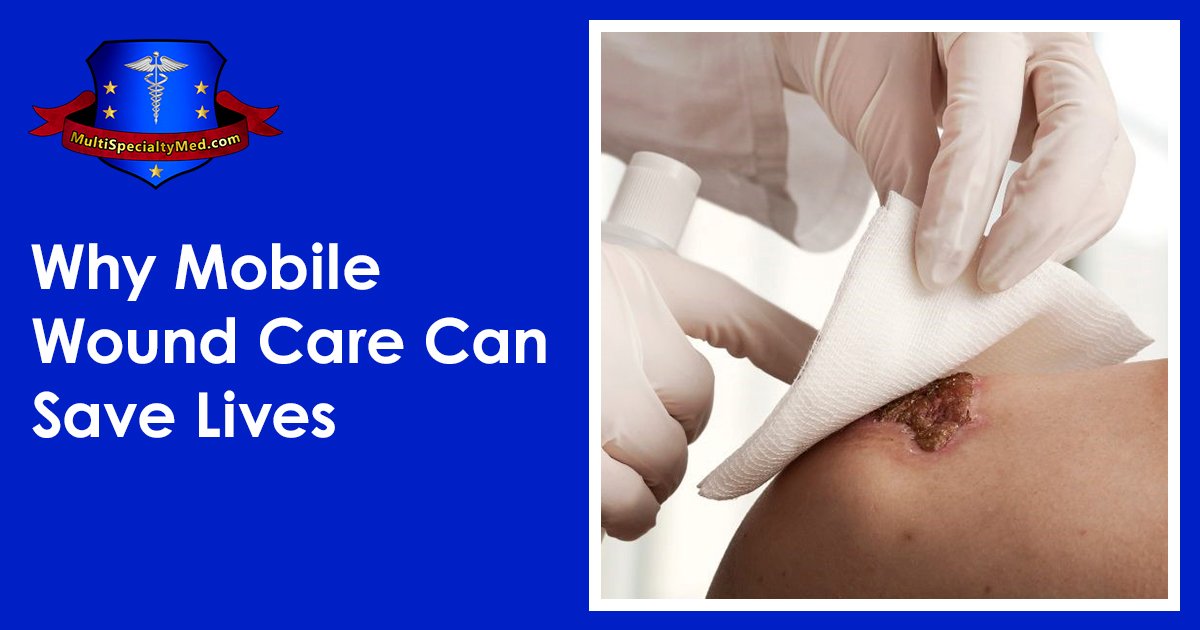Daniel Davidson, MD, MBA, DBA, PHD
Introduction:
Acute wounds pose a variety of difficulties for medical facilities around the globe, necessitating particular knowledge for efficient treatment and recovery. The complexity and severity of these wounds varies, requiring the presence of trained wound care professionals in everything from emergency rooms to surgical units. This article examines a few instances of acute wounds that arise in different settings and call for specialized professional advice and treatment.
Traumatic Accidents:
Trauma centers and emergency rooms frequently see patients with trauma injuries such cuts, abrasions, punctures, and crush injuries. These wounds are frequently the consequence of aggressive encounters, sports injuries, falls, and mishaps. In order to facilitate healing and avoid complications, skilled wound care specialists are needed to evaluate the degree of tissue injury, manage bleeding, and launch the necessary therapies.
Surgical Injuries:
Surgical wounds, such as incisions, excisions, and debridement’s, need to be handled with extreme caution in order to reduce the chance of infection and encourage the best possible healing. In order to monitor wound integrity, control drainage, and assist with wound closure procedures like suturing or stapling, wound care professionals work in tandem with surgical teams. In order to guarantee appropriate healing and reduce the danger of surgical site infections, postoperative monitoring and follow-up treatment are essential.
Burn Damage:
From superficial to full-thickness burns, burn injuries pose difficult wound management problems. Assessing the degree of a burn, estimating the amount of tissue damage, and using the proper treatment modalities—such as debridement, wound dressings, and skin grafting—are critical tasks performed by wound care specialists. For complete burn care and to maximize functional outcomes, a multidisciplinary strategy comprising burn surgeons, nurses, and rehabilitation specialists is necessary.
Ulcers from pressure:
Bedsores and decubitus ulcers, other names for pressure ulcers, are serious issues in hospitals, long-term care facilities, and home care environments. Prolonged pressure on bony prominences causes tissue ischemia and necrosis, which results in these wounds. By using thorough assessments, pressure-relieving therapies, and cutting-edge wound care techniques, wound care specialists play a crucial role in both controlling and preventing pressure ulcers. Putting preventive measures into place and fostering the best possible healing require cooperative efforts between caregivers and nursing personnel.
Infected Cuts:
Cellulitis, abscesses, and surgical site infections are examples of infected wounds that need to be identified right away and treated with specific antibiotics. In order to identify the underlying source of infection, get relevant cultures, and start empiric or directed antibiotic treatment, wound care professionals do comprehensive examinations. Debridement of diseased tissue or drainage of purulent collections may need surgical intervention. To guarantee infection resolution and encourage wound healing, close observation and follow-up are crucial.
Complex Injuries:
Obstructions, bleeding soft tissue infections, and chronic non-healing ulcers are examples of complex wounds that present a variety of difficulties requiring specialist knowledge. To encourage tissue regeneration and closure, wound care specialists use advanced wound care techniques such as negative pressure wound therapy, bioengineered skin substitutes, hyperbaric oxygen therapy, and surgical interventions. For patients with complex wounds, a comprehensive strategy that addresses underlying comorbidities, dietary deficits, and psychosocial aspects is crucial to optimize outcomes.
Ulcers on the Diabetic Foot:
One common and dangerous side effect of diabetes is diabetic foot ulcers, which are frequently brought on by peripheral neuropathy and poor circulation. If left untreated, these sores, which usually appear on the foot and are especially near pressure points, can cause serious morbidity. In order to facilitate healing, wound care specialists use advanced wound care modalities, offloading techniques, and thorough assessments to manage diabetic foot ulcers. In order to lower the risk of complications like infection and amputation and to prevent recurrence, patients are also given diabetic education and advice for taking care of their feet.
Vascular ulcers:
Peripheral arterial disease (PAD) and venous insufficiency are two disorders that can impair blood flow to the extremities, leading to the development of vascular ulcers, including venous and arterial ulcers. Venous ulcers usually appear as shallow, irregularly shaped lesions with surrounding edema and hemosiderin staining, whereas arterial ulcers usually develop on the lower extremities and are characterized by painful, non-healing sores. Through the use of appropriate wound care therapies and compression therapy, wound care professionals work in conjunction with vascular surgeons and other specialists to improve blood flow, manage underlying vascular disease, and promote wound healing.
Complications following surgery:
Following surgical treatments, postoperative problems include dehiscence, seromas, and wound infections can arise. These issues need to be recognized and treated by wound care specialists very once. Seromas are collections of fluid that can form at the surgical site, whereas dehiscence describes the separation of surgical wounds. Purulent discharge, erythema, and localized inflammation are all possible signs of wound infections. In order to assess and manage postoperative difficulties, adopt suitable wound care regimens, and stop additional issues like delayed healing or surgical site infections, wound care specialists collaborate closely with surgical teams.
Ostomy Care:
Individuals undergoing ostomy procedures, such as ileostomies, colostomies, and urostomies, necessitate expert medical attention to avoid complications such skin irritation, leaks, and peristomal herniation. Specialists in wound care offer guidance and assistance to patients and caregivers regarding the appropriate choice, use, and upkeep of ostomy appliances. In addition, they cover topics including peristomal skin degradation, peristomal herniation, and the psychological aspects of adjusting to an ostomy. Comprehensive ostomy treatment and the best possible outcomes for patients are ensured through collaborative efforts with enterostomal therapy nurses and other medical specialists.
Conclusion:
Acute wounds that arise in a variety of healthcare environments represent a wide spectrum of disorders requiring particular knowledge to effectively manage and resolve. In order to maximize healing and reduce complications, wound care professionals are essential in determining the severity of the wound, putting evidence-based therapies into practice, and organizing multidisciplinary care. Through the particular obstacles that acute wounds provide, healthcare teams can improve overall quality of care and improve patient outcomes.








